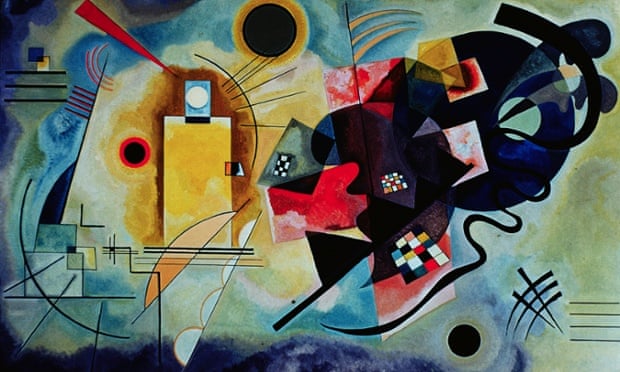INDIANAPOLIS - It's the Indianapolis 500, not the Indianapolis 500-plus. That hasn't changed, even after IndyCar officials took some grief for it a year ago.
But while IndyCar hasn't followed NASCAR in adopting a policy of adding laps to the end of a race in an attempt to guarantee a green-flag finish, Indy officials might have used a slightly different - but still unprecedented - way to accomplish a similar outcome on Sunday.
When Townsend Bell crashed near the end of Sunday's Indianapolis 500, spreading debris all over the track and damaging a wall, IndyCar officials decided to red flag the race. A red flag brings the race to a complete halt, instead of having cars continue to run laps behind the pace car.
'It was a tough one,' said team owner Michael Andretti. 'I was thinking, 'Here we go. It's the first time it's happened in 98 years. Now because it's the first time it happened in 98 years, it's going to work out wrong for us.' I was a little disappointed at that point. I understand why they did it. It is all about the fans still. In the end it really worked out well.'
Once the debris was cleaned up and the wall was repaired after a delay of a little more than 10 minutes, the race restarted. Ryan Hunter-Reay fought off Helio Castroneves and won by 0.06 of a second, the second-closest finish in Indy history. WINNER: CASTRONEVES: Denied a fourth Indy 500 crown again Ryan Hunter-Reay wins Indianapolis 500 PHOTOS: 2014 Indianapolis 500
'It was tough to deal with the red flag,' Hunter-Reay said. 'Just sitting there in the car thinking that we have a great shot at it, just have to keep your head about you. I wanted to win so badly at that point. '
IndyCar officials did not immediately respond to a request for comment.
It was a stark contrast to last year's race, when Tony Kanaan won in anti-climactic fashion as a late crash brought out a caution and the race finished behind the pace car. The previous four Indianapolis 500s have finished under caution. DOUBLE ATTEMPT: NASCAR's Kurt Busch finishes sixth in Indy 500
Such finishes might not bother traditional Indy fans, as having races finish under caution was fairly standard for years.
But for casual Indy fans and those who primarily follow NASCAR, the perception may have changed when NASCAR established a racing version of overtime by adding laps to the end of races. Called a 'green-white-checker' policy, NASCAR officials will allow up to three attempts at a green-flag finish.
So far, IndyCar has not adopted a similar policy - perhaps conscious that traditional fans would consider it a gimmick, more showtime than real racing. One risk of green-white-checkered finishes is that a driver who might have enough fuel to finish the race's scheduled distance might subsequently run dry if more laps were added.
But throwing a red flag - another procedure NASCAR began using in the late 1990s as a predecessor to the green-white-checker rule, but IndyCar generally didn't until Sunday - might have been a step in that direction. Follow Jenkins on Twitter @ByChrisJenkins
'I'm glad they threw the red when there were six or seven laps to go instead of one or two laps to go, because then it would have been like last year and we would have been in the wrong position,' Andretti said. 'There was enough time for racing still. But, yeah, it was a frustrating time for us at that point as a competitor. Having said that, I understood why it was done.'
Castroneves didn't have an issue with it.
'I believe it was the right decision, to be honest,' Castroneves said. 'It (broke) the rhythm, but it give everybody a good, clean race. I think that was definitely the right choice.'
Post By http://www.usatoday.com/story/sports/motor/indycar/2014/05/25/indianapolis-500-red-flag-townsend-bell-crash-hunter-reay-wins/9577895/





0 comments Blogger 0 Facebook
Post a Comment
Click to see the code!
To insert emoticon you must added at least one space before the code.